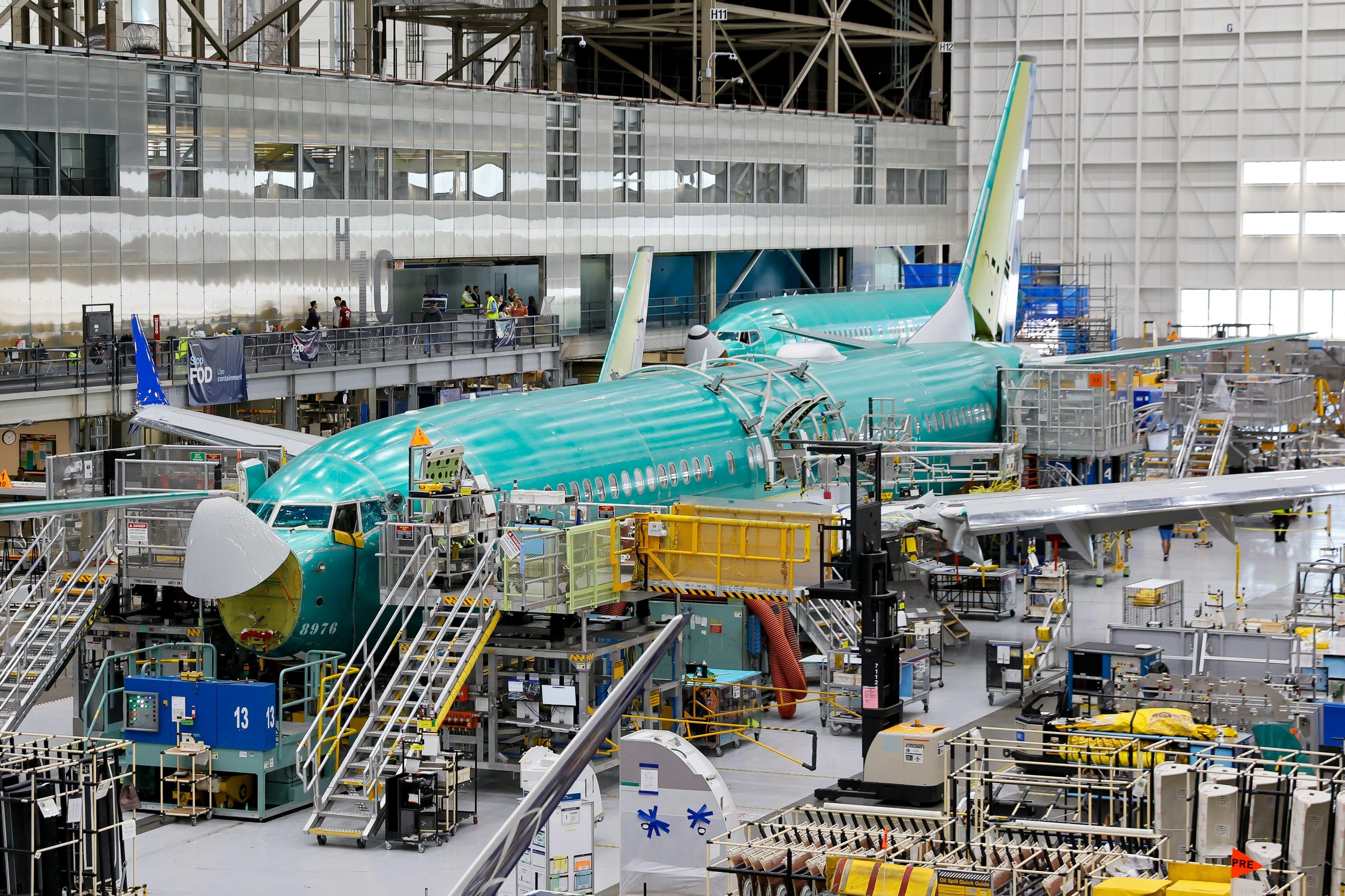
AeroGenie — Votre copilote intelligent.
Tendances
Categories
Flights Grounded at LAX Amid Major Outage; Cyberattack Under Investigation

Flights Grounded at LAX Amid Major Outage; Cyberattack Under Investigation
A significant equipment failure at Los Angeles International Airport (LAX) on Monday prompted the Federal Aviation Administration (FAA) to impose a ground stop, leading to widespread flight delays and cancellations. The disruption has had a cascading effect across the airline industry, eliciting mixed reactions from investors. While some express concern over the potential negative impact on airline stocks, others regard the incident as a temporary setback unlikely to cause lasting damage.
Industry Response and Infrastructure Vulnerabilities
Airlines have adopted a cautious stance, closely monitoring operations at LAX to prevent similar disruptions at other major hubs. The outage has brought renewed attention to the fragility of critical aviation infrastructure, particularly as the sector increasingly relies on complex technological systems vulnerable to failure or attack.
Compounding these concerns, a cyberattack targeting Collins Aerospace’s MUSE systems has caused significant flight disruptions across Europe, notably at Heathrow and Brussels airports. This breach resulted in extensive delays and cancellations, underscoring the risks posed by reliance on third-party software providers in essential aviation services. Industry experts and regulatory authorities are now advocating for strengthened cybersecurity protocols to protect airline operations from future threats.
United Airlines also encountered operational challenges this week, grounding all departing flights in the United States due to an internal IT outage. The airline issued a statement addressing the incident, while the FAA has initiated an investigation into both the cause of the outage and the adequacy of the response measures.
These events have reignited discussions about the resilience of airline IT systems and the imperative for comprehensive contingency planning. As stakeholders evaluate the repercussions, there is a growing emphasis on reinforcing both physical and digital infrastructure to mitigate the risk of future disruptions.
Market and Corporate Developments Amid Aviation Disruptions
Beyond the immediate aviation sector, broader market dynamics continue to influence investor sentiment. Palantir Technologies (PLTR) and Nvidia (NVDA) remain focal points in Wall Street’s ongoing debate over artificial intelligence (AI). Palantir faces valuation challenges, with a median price target of $27—approximately 32% below its current share price of $40—despite reporting strong second-quarter results and optimistic guidance. Analysts caution that Palantir’s stock is among the most overvalued in the S&P 500. In contrast, Nvidia’s median price target stands near $150, suggesting a potential 20% upside from its current $125 share price, bolstered by its continued leadership in AI technologies.
Dividend-paying stocks also attract attention from long-term investors seeking stability amid market volatility. Realty Income (O), a real estate investment trust known for its monthly dividend payments and a 31-year streak of dividend increases, offers a yield of 5.4%. Financial experts recommend focusing on companies with durable cash flows and reinvesting dividends to navigate uncertain market conditions effectively.
In corporate news, Berkshire Hathaway’s recent $9.7 billion all-cash acquisition of OxyChem from Occidental Petroleum marks a strategic move as Warren Buffett prepares for leadership transition. The transaction is expected to contribute approximately $325 million in annual EBITDA and enhance Berkshire’s substantial cash reserves, positioning the conglomerate for future investment opportunities.
Meanwhile, concerns over retirement security persist as inflation continues to erode the purchasing power of Social Security benefits. Although annual cost-of-living adjustments (COLAs) provide some relief, advocates argue that these measures may underestimate the actual expenses faced by seniors, particularly in healthcare. The debate over ensuring adequate financial stability for retirees remains a pressing issue amid evolving economic conditions.
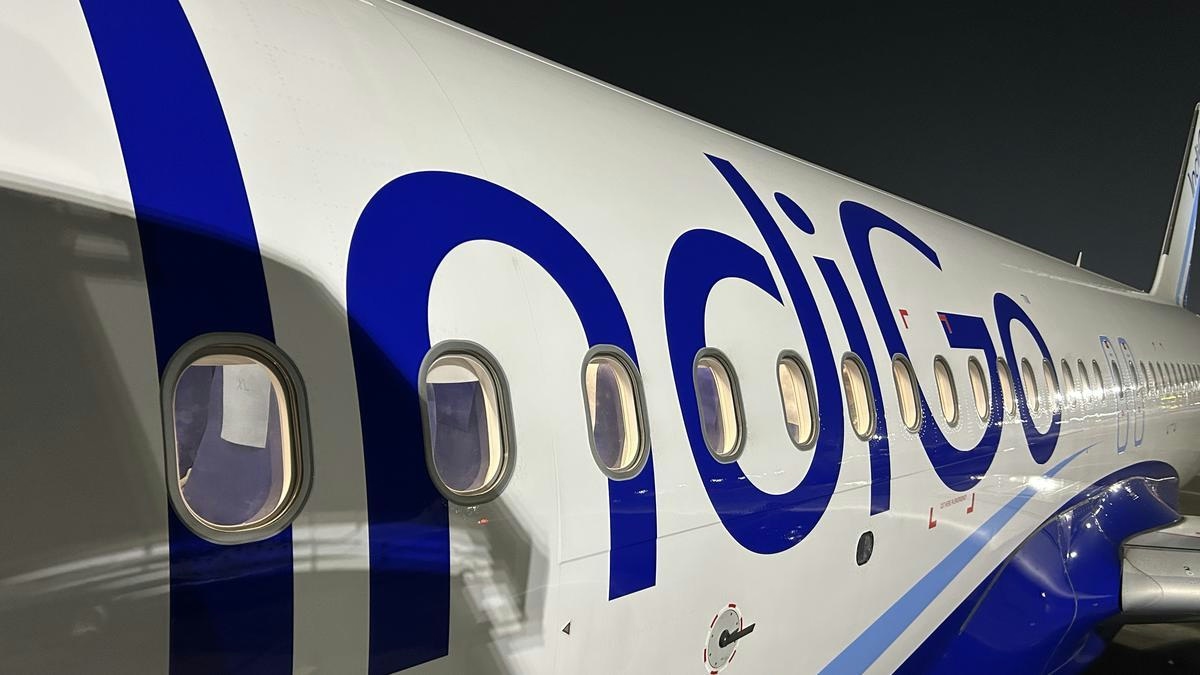
IndiGo to Deploy Wide-Body Aircraft on Vijayawada-Hyderabad Route, Says MP
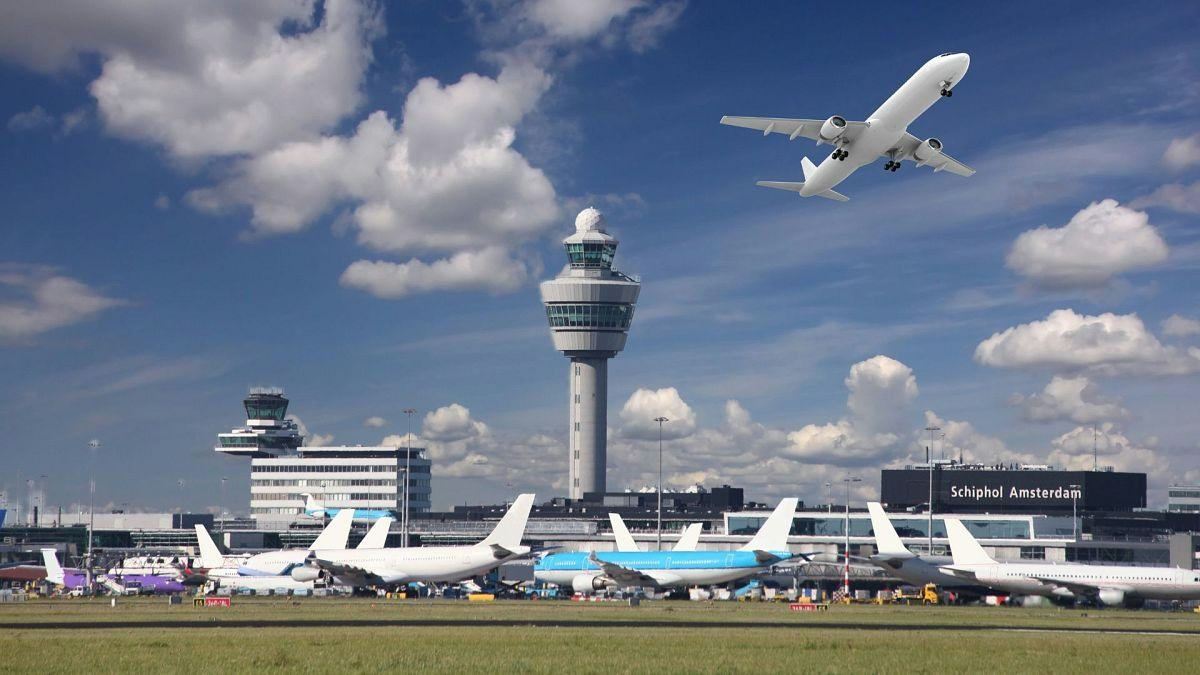
Europe Unveils New Aviation Strategy to Promote Cleaner, Faster Flights
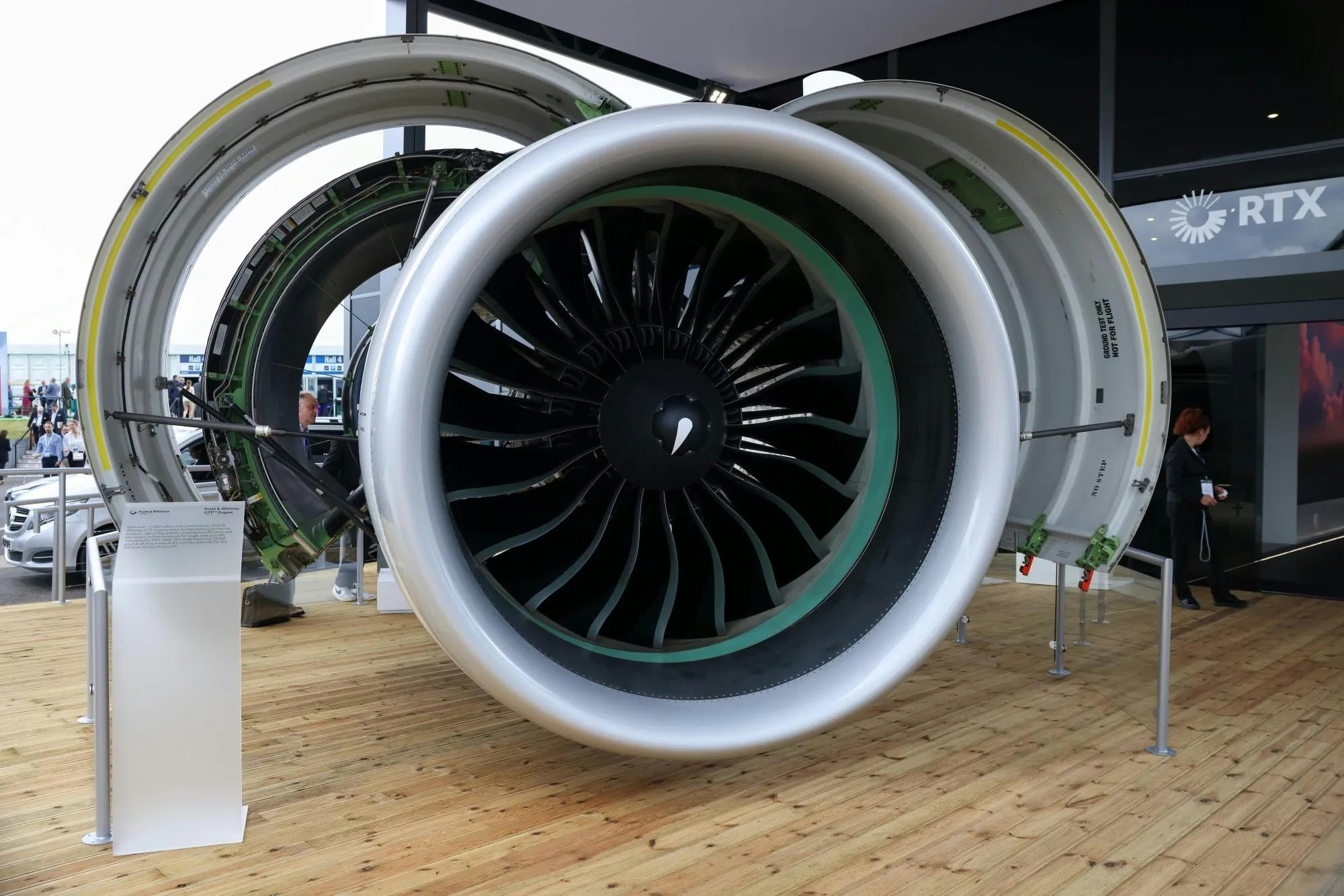
Spirit Signs Agreement with Pratt & Whitney Units on Aircraft Engines
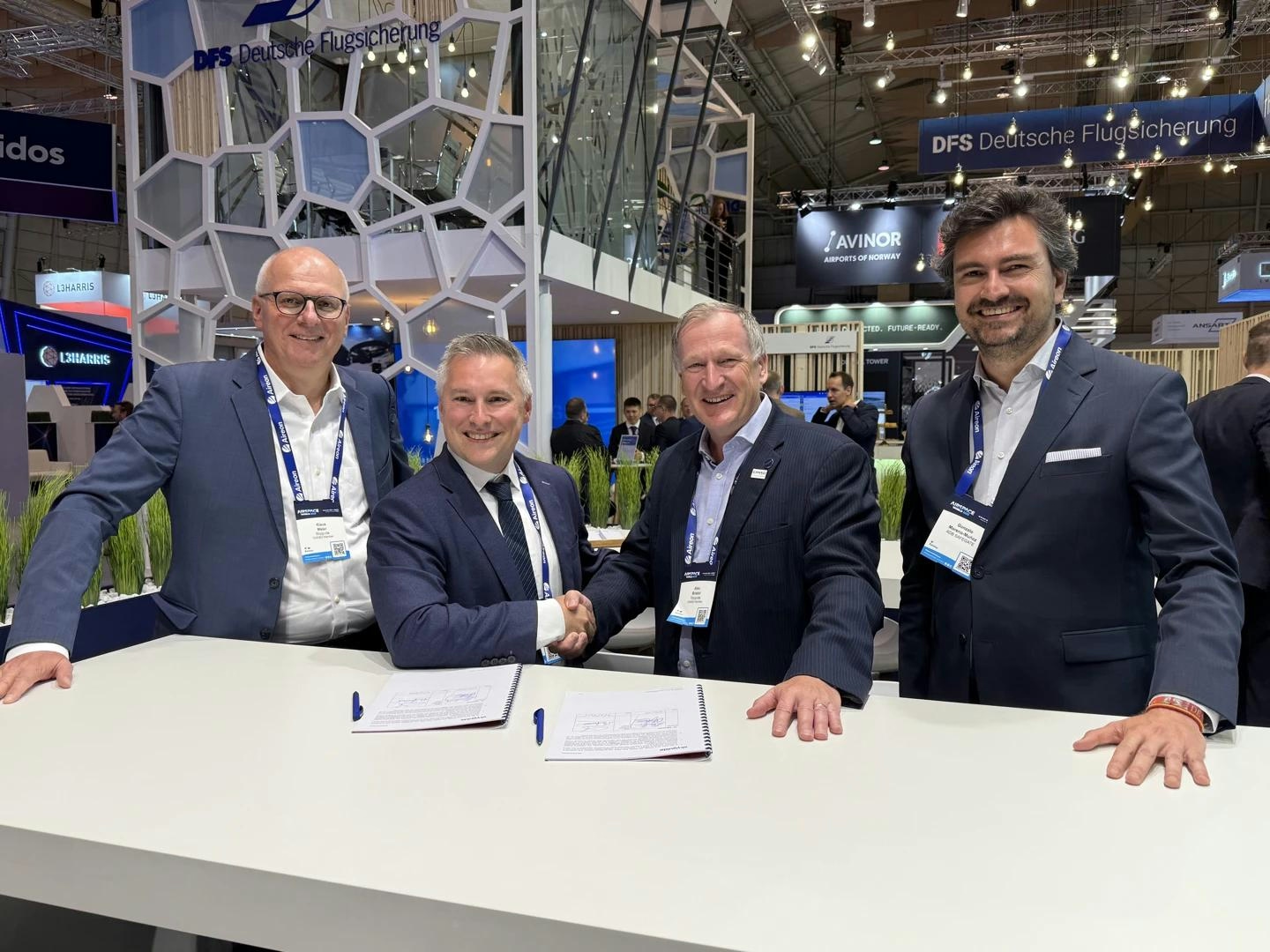
ADB SAFEGATE Receives Industry Awards for Marketing, R&D, and Social Impact

GA Telesis Secures Five-Year Landing Gear Overhaul Agreement with Major U.S. Carrier
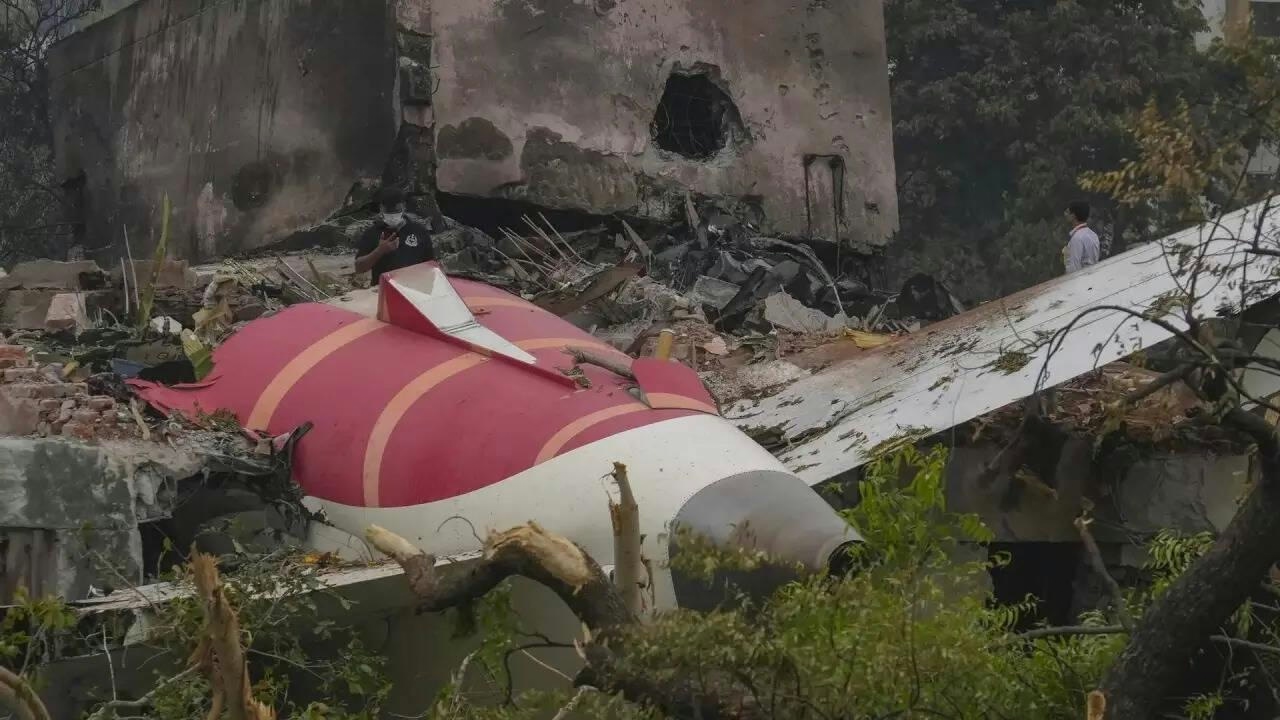
Government Strengthens Aviation Safety Framework Amid AI-171 Investigation

NASA Software Raises Bar for Aircraft Icing Research
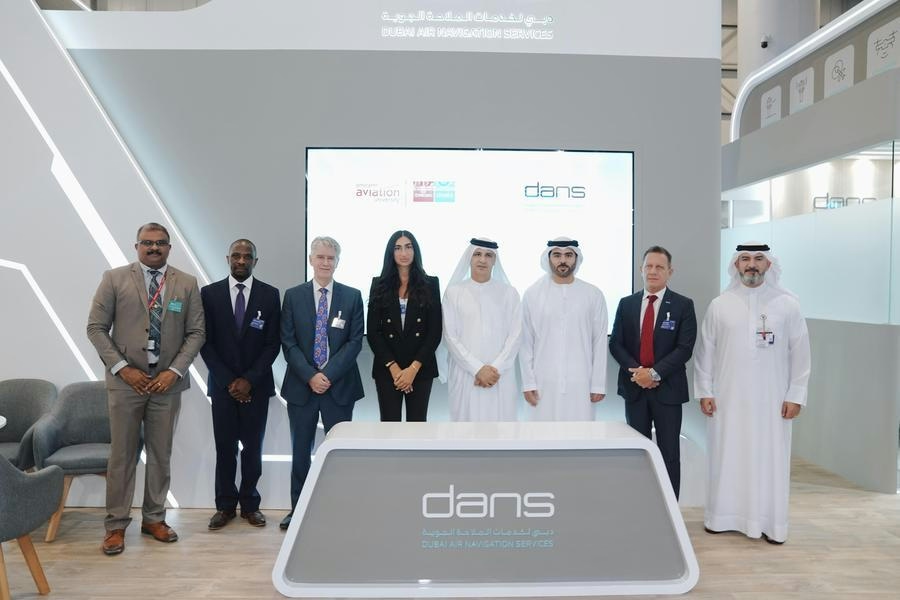
Dans and Emirates Aviation University Partner on AI Air Traffic Management Research
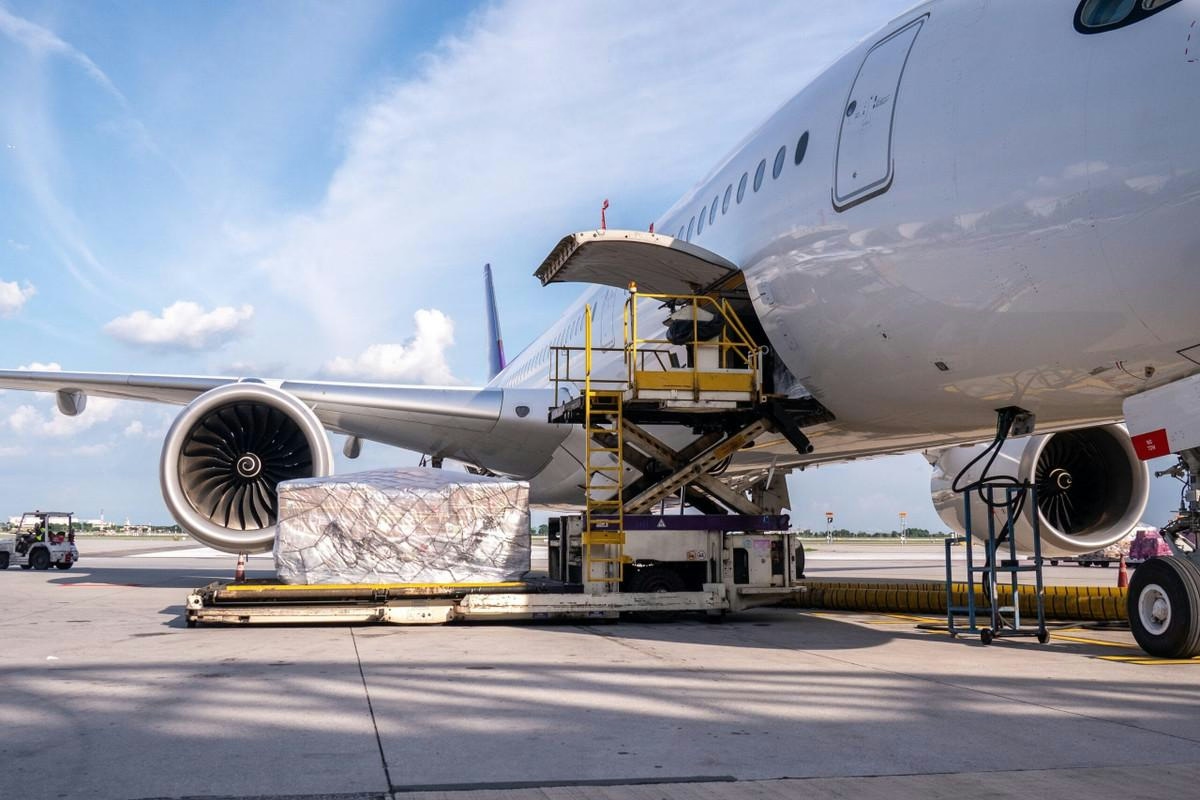
Nigus and AXISCADES to Develop Nigeria’s First Major Aviation MRO Hub
